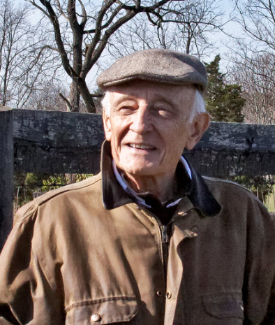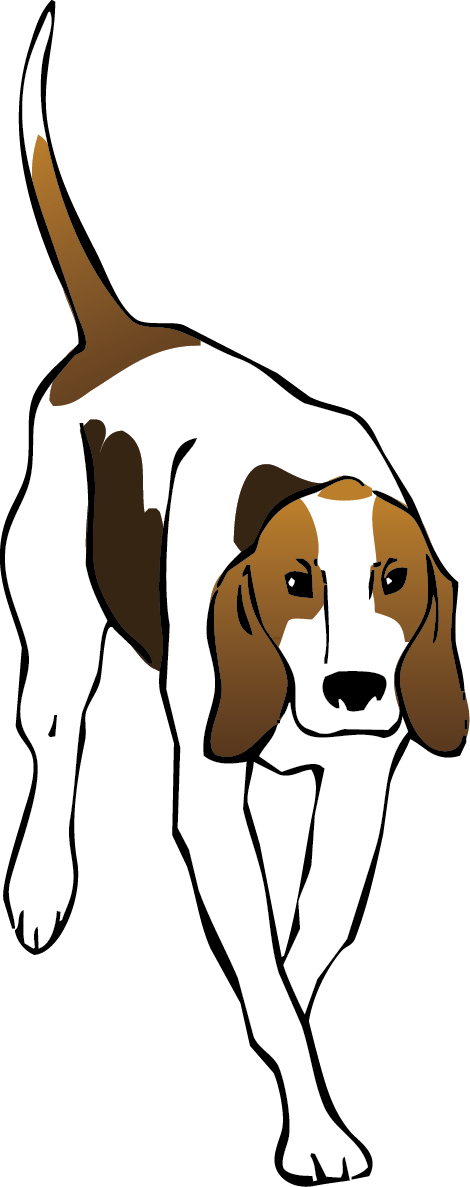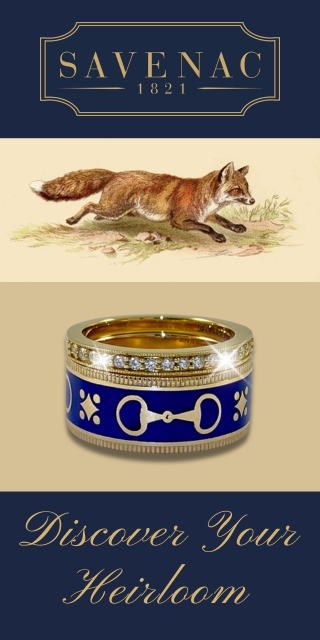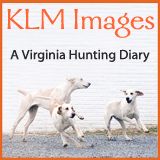 Foxhunting is and will continue to be embattled on two fronts: (1) animal rights activism and (2) loss of open space. The good news is that we have strategies for dealing with these pressures. The uncertainty rests with our own will and dedication, as Walt Kelly’s cartoon character Pogo told us many years ago. Now and in the future, we need to look harder within…at us.
Foxhunting is and will continue to be embattled on two fronts: (1) animal rights activism and (2) loss of open space. The good news is that we have strategies for dealing with these pressures. The uncertainty rests with our own will and dedication, as Walt Kelly’s cartoon character Pogo told us many years ago. Now and in the future, we need to look harder within…at us.
The animal rights movement is dedicated to terminating man’s dominion over animals. The eradication of hunting and fishing are merely subsets of that larger goal. We can and do monitor what the activists are doing in the various legislatures across the country, and to the extent we are able, we mount our own defenses when needed. It may be an unending battle, and we may be inadequately funded to oppose animal rights activism everywhere, but at least we know what to do, and when we do it we are often successful.
The second battle we are waging—the loss of open space—obviously hurts foxhunting more than some other horse sports like dressage and show jumping. Foxhunting is one of the very few sports that requires a playing field measured in square miles.
Here, too, we have strategies. There are hunting countries up and down the eastern seaboard that have successfully controlled development and protected open space. A prime example is the Unionville area of Chester County, Pennsylvania hunted by Mr. Stewart’s Cheshire Foxhounds. The zealous efforts of the late Mr. Stewart and after him the late Mrs. Hannum demonstrated what a proactive commitment to open space preservation could achieve. The renowned Brandywine Conservancy there, spearheaded by Frolic Weymouth and Mrs. Joseph Walker, produced results that provide models for conservation anywhere.
Clarke County, Virginia, where I live, is another example where development has been successfully controlled by the concept of “sliding scale zoning,” and the Blue Ridge Hunt is a happy beneficiary of those efforts. But the operative word is effort.
From what I’ve seen, there are three critical ingredients to successful land conservation: (1) the foresight of local government to protect what you have before it is too late, (2) the involvement of hunt club members in local government and the resolve to not allow the real estate developers or the local commercial interests to take control, and (3) one or two individuals—the true heroes—who are relentless in championing the cause of land conservation with their fellow citizens and who never give up.
The future of foxhunting? It will belong only to those who are willing to show up for the fray and participate, and it will last only as long as there are sportsmen willing to do so. Foxhunters will need to continue to monitor initiatives by animal rights activists, show up for the legislative battles, and continue to participate in local government to save their land.
Posted January 27, 2013
An expanded version of this article was published in Bruce Smart’s book, A Community of the Horse: Legacies, Lost Mountain Graphics, Middleburg, Virginia, 2012

















